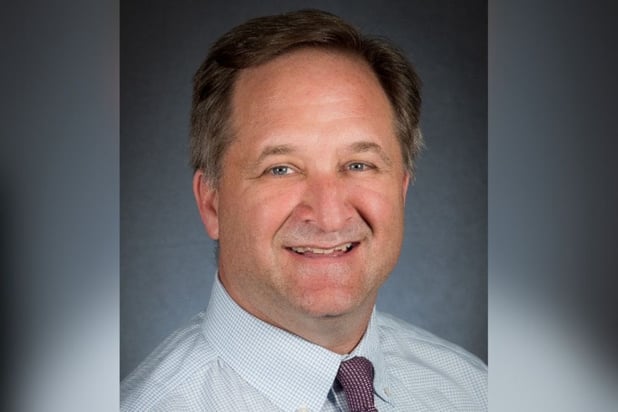

In many ways, we are blessed with today’s buildings and engineering marvels. We often don’t think of the challenges involved in building these structures, or the maintenance and upkeep needed to keep them safe and secure. When buildings collapse, as the Champlain Towers South condominium in Surfside, Florida, did in June, it only reminds us of the continued need to make sure we do everything we can to maintain structural integrity throughout the building’s use. These horrible accidents show just how much risk comes with the construction and maintenance of large structures.
When collapses do happen, they challenge us to understand what happened and make sure that buildings constructed at the same time or by the same developer or builder are not also at risk. The implications for insurers are significant. Questions are raised and answers are sought. As an industry, insurance looks for the appropriate response, and also for solutions.
In the immediate aftermath of a collapse, we’ve seen carriers pull back, some mid-quote, from insuring projects. Many go back and review their quotes and pricing, and a few adjust their language to reflect the potential for future catastrophic building failures. While carriers are not eager to assume other building failures will occur, they must consider how that potential would affect future claims and reserves.
That’s where the questions come in. Without concrete answers, underwriters are adding new considerations to their current underwriting processes: what’s being done now, what else should be done and what should be avoided.
In many ways, some of the answers could make little difference, depending on the state’s statute of repose – the limit of liability on an alleged injuring party. After a specified amount of time has passed, the law does not allow for a lawsuit alleging injury. Until cause is determined, carriers will be looking state by state to see what the statute of repose is and what buildings exist within their books of business that could be of concern.
With so much attention being paid to current and upcoming projects, the concern for insureds is what the future holds for their own insurance programs. Now is the time for owners and developers to approach their insurance carriers to reassure them they are doing everything they can to deliver and maintain safe structures. In fact, working with the carrier can help insureds get a broader view of what carriers’ concerns are and what areas of their business they can improve to appeal to underwriters.
Now that carriers are adding more questions and raising their expectations, appealing to underwriters has become a little more difficult. Expect more questions around quality control – what QA/QC actions are in place, what documentation can verify that and how actively quality control is being managed.
Early in the insurance renewal process, insureds should work with carriers and underwriters to discuss the risks, safeguards and best practices they are expecting. Those insureds that don’t have best practices in place will likely have a difficult time with quotes and renewals.
Whatever comes of the Surfside investigation, everyone – the insurance carrier, the builder and the contractor – will be holding their collective breath. Should the cause be determined to be something that is current practice, projects started within the last few years would be scrutinized or put on hold mid-project.
What we do know is that everything is under review. Maintenance practices, construction and materials, location, and natural elements are all being examined. Until there is a final determination on a cause – if there is one – the insurance industry must look ahead with some uncertainty.
Without knowing the risks of buildings with similar locale, structural or weather-related conditions, carriers will be doing their best to apply more general protections around their books of business. One big question remains, however: Are building collapses isolated incidents or an industry-wide wake-up call?
Chris Smith is senior vice president of construction at global insurance brokerage NFP. He brings a balanced blend of underwriting, risk management and construction expertise to help clients build their businesses.
